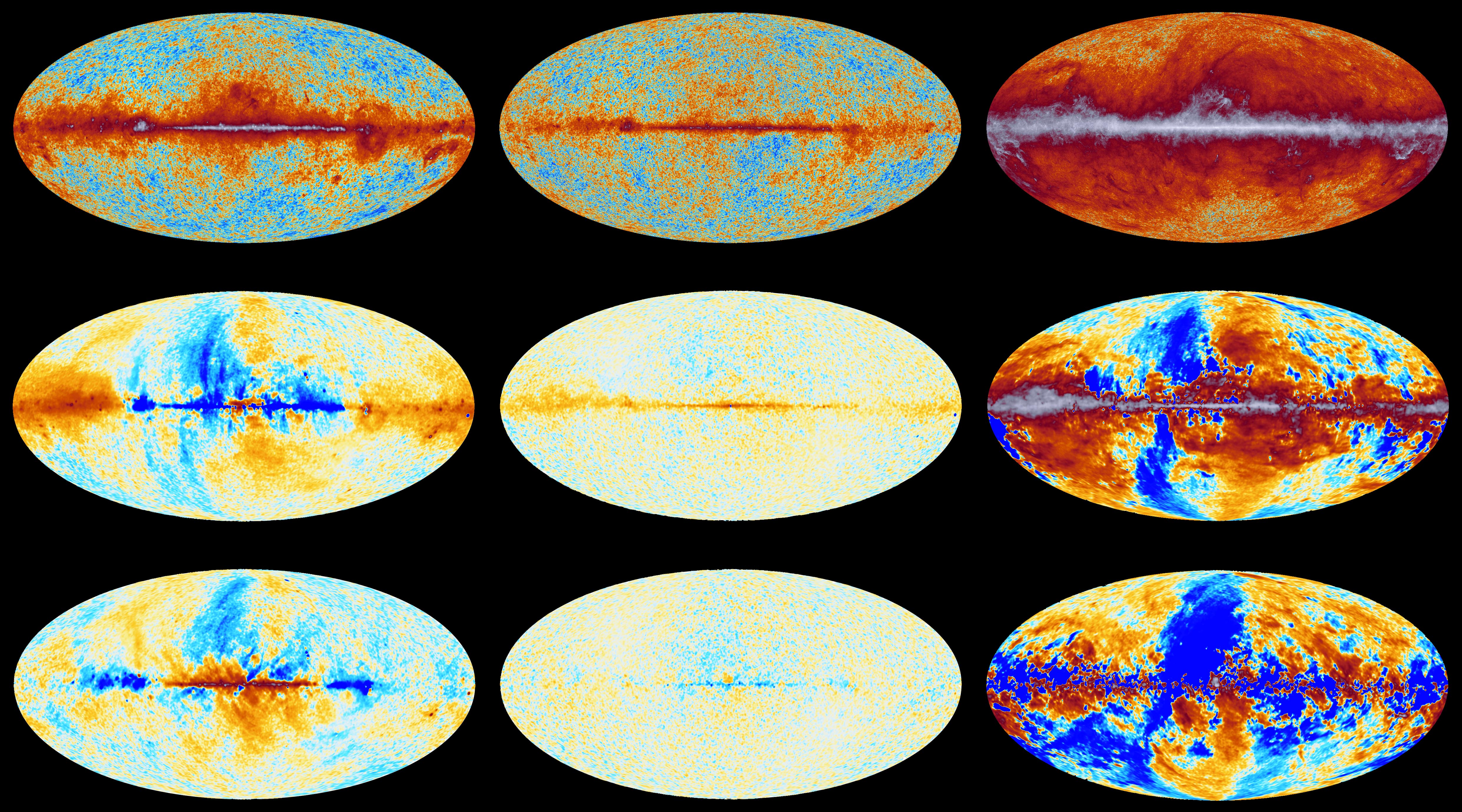
Please note! Course description is confirmed for two academic years (1.8.2018-31.7.2020), which means that in general, e.g. Learning outcomes, assessment methods and key content stays unchanged. However, via course syllabus, it is possible to specify or change the course execution in each realization of the course, such as how the contact sessions are organized, assessment methods weighted or materials used.
LEARNING OUTCOMES
- After this course the student knows why and how information about astronomical and solar system phenomena is collected.
- She/he can describe the physical principles on which the scientific instruments onboard satellites and probes are based.
- The student is able to differentiate between various types of instruments and observing techniques and what they are used for, and evaluate which kind of systems are suitable for measuring certain astronomical and solar system phenomena.
- She/he identifies what kinds of effects space environment has on instrumentation and observations.
- The student is able to review the state-of-the-art space instrumentation and its immediate possibilities and challenges.
- She/he can explain the life cycle of a space mission from a researcher's point of view (from long-term planning, such as ESA's Cosmic Vision, to implementation and operation of a space mission, all the way to analysis of the scientific data), and give examples of scientific space missions.
Credits: 5
Schedule: 08.09.2020 - 03.12.2020
Teacher in charge (valid 01.08.2020-31.07.2022): Esa Kallio, Anne Lähteenmäki
Teacher in charge (applies in this implementation): Esa Kallio, Anne Lähteenmäki
Contact information for the course (valid 18.08.2020-21.12.2112):
Teachers: Anne Lähteenmäki and Esa Kallio
Email firstname.lastname@aalto.fi
CEFR level (applies in this implementation):
Language of instruction and studies (valid 01.08.2020-31.07.2022):
Teaching language: English
Languages of study attainment: English
CONTENT, ASSESSMENT AND WORKLOAD
Content
Valid 01.08.2020-31.07.2022:
- Observational techniques in astronomy and space physics.
- Scientific payloads of satellites and probes.
- Effect of space environment on instrumentation.
- Life cycle of a space mission: researcher's view.
- Examples of science missions.
Assessment Methods and Criteria
Valid 01.08.2020-31.07.2022:
Exercises, learning assignments, examinations.
Applies in this implementation:
See MyCourses for evaluation and grades details.
Workload
Valid 01.08.2020-31.07.2022:
Contact hours 48 h (2 x 2 h per week). Independent work 87 h.
Applies in this implementation:
In normal course mode: Contact hours 48 h (2 x 2 h per week),
Independent work 87 h. To be applied as needed in online/remote mode.
DETAILS
Study Material
Valid 01.08.2020-31.07.2022:
To be specified.
Applies in this implementation:
Lecture slides and additional material will be posted in MyCourses.
Registration for Courses
Valid 01.08.2020-31.07.2022:
WebOodi
Applies in this implementation:
The course is held in online/remote mode. Details to be announced in MyCourses.
FURTHER INFORMATION
Details on the schedule
Applies in this implementation:
TBC in MyCourses.
